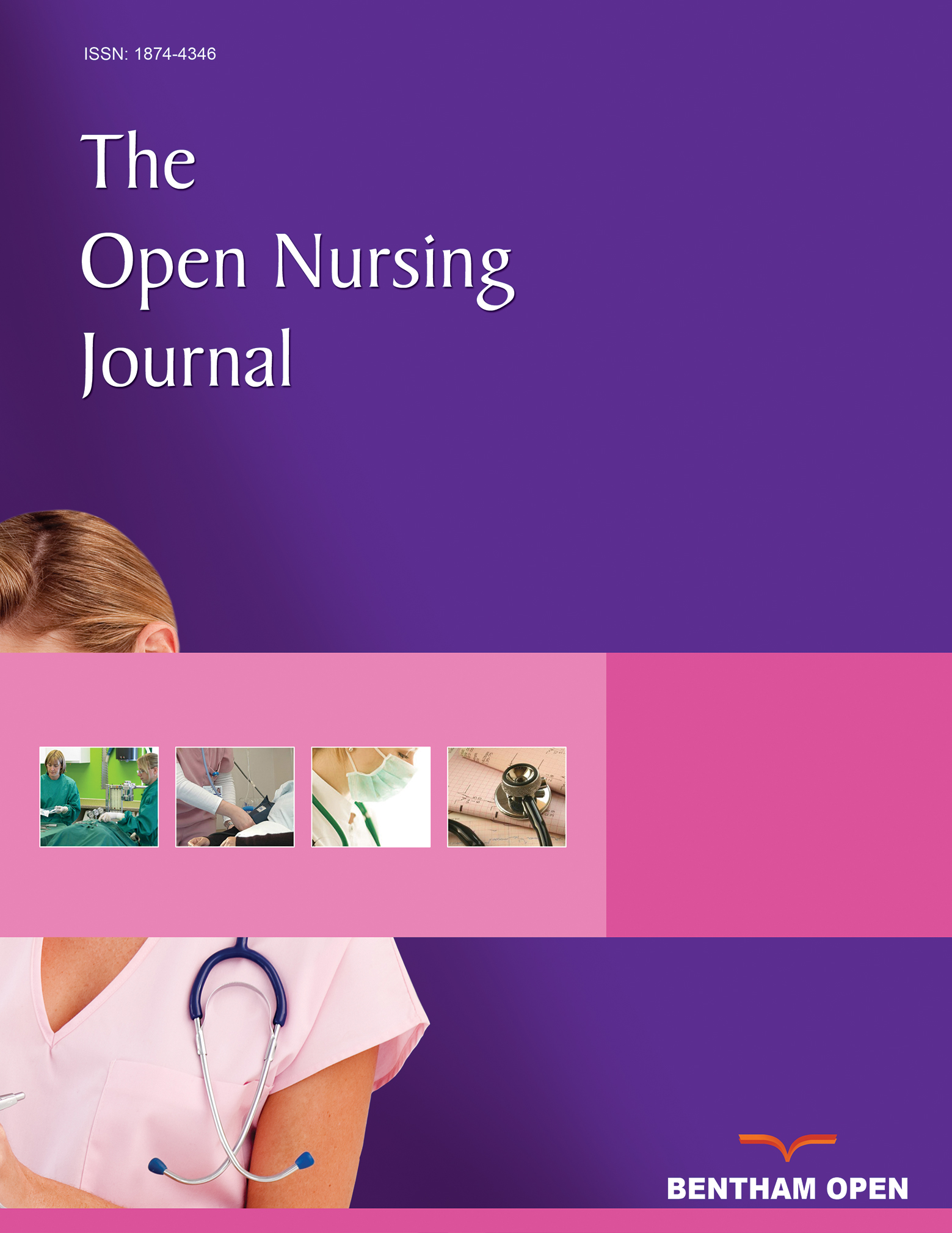All published articles of this journal are available on ScienceDirect.
The Use of Higher Secretory Immune Response of IgG And IgA in Breast Milk and Blood as a Donor Therapy in COVID-19 Survivor Mothers
Abstract
Introduction:
The breast milk of mothers recovering from COVID-19 has elevated levels of secretory-type antibodies, such as IgG and IgA. Furthermore, these antibodies serve as immunity, which can be passed on to the baby through breastfeeding.
Objective:
This study aimed to analyze the relationship between IgG and IgA levels in breast milk and blood of breastfeeding mothers who recovered from COVID-19 and assess other determinants.
Methods:
This was an analytical study, which was carried out using 54 participants who were equally divided into two groups, namely case and control. The case group consisted of individuals who were exposed to COVID-19, while the controls were not exposed. Blood and breast milk (each 5 CC) were then collected to determine the levels of IgG and IgA using the Eliza method. Furthermore, the test used 27 blood and 18 breast milk samples.
Results:
The statistical analysis showed that there were significant differences in the levels of IgG and IgA in the breast milk and blood of the case and control groups. The average IgA in the blood and breast milk of the control was greater compared to the case group. Furthermore, the average IgG in the breast milk of the case group was greater compared to the controls. Based on the results, there was no difference in mean IgG in breast milk in both groups.
Conclusion:
The results showed that there were differences in mean IgA in the breast milk of both groups. The average IgA in the blood of the controls was greater than the case group, but the IgG in breast milk was lower.


